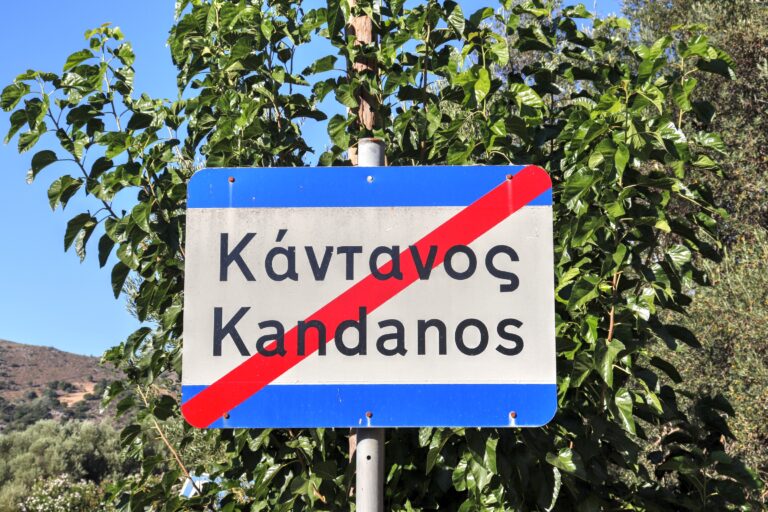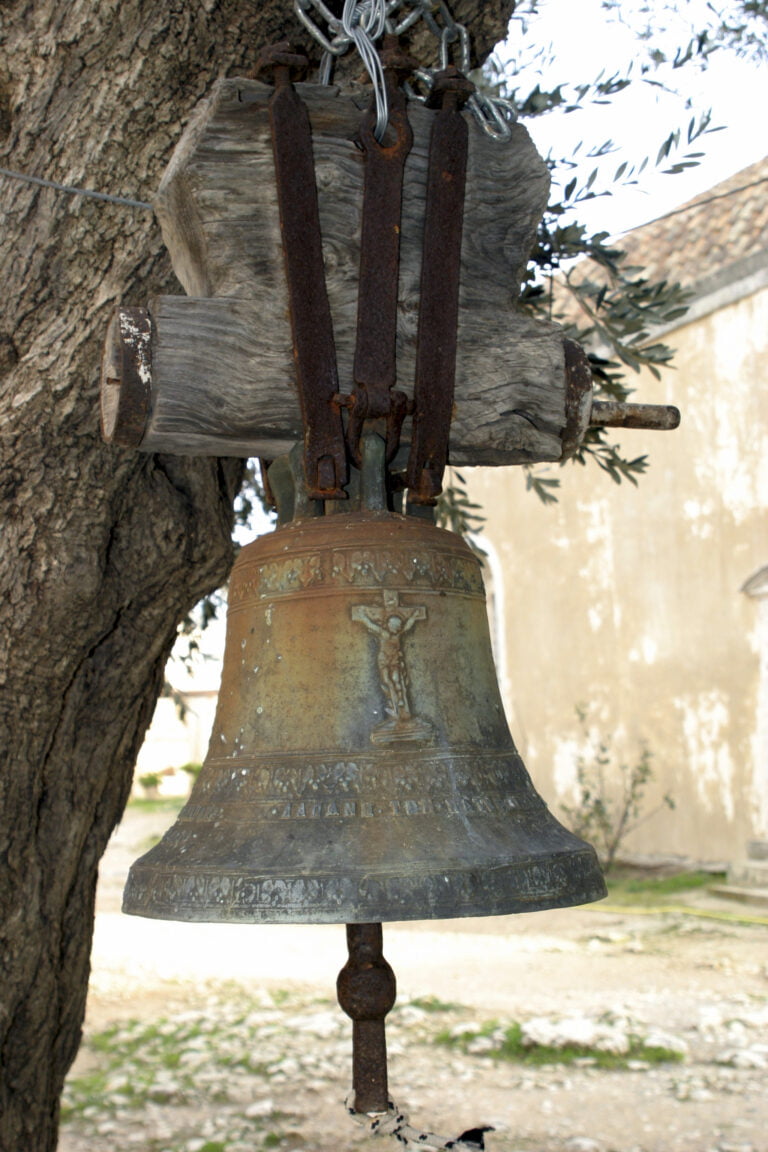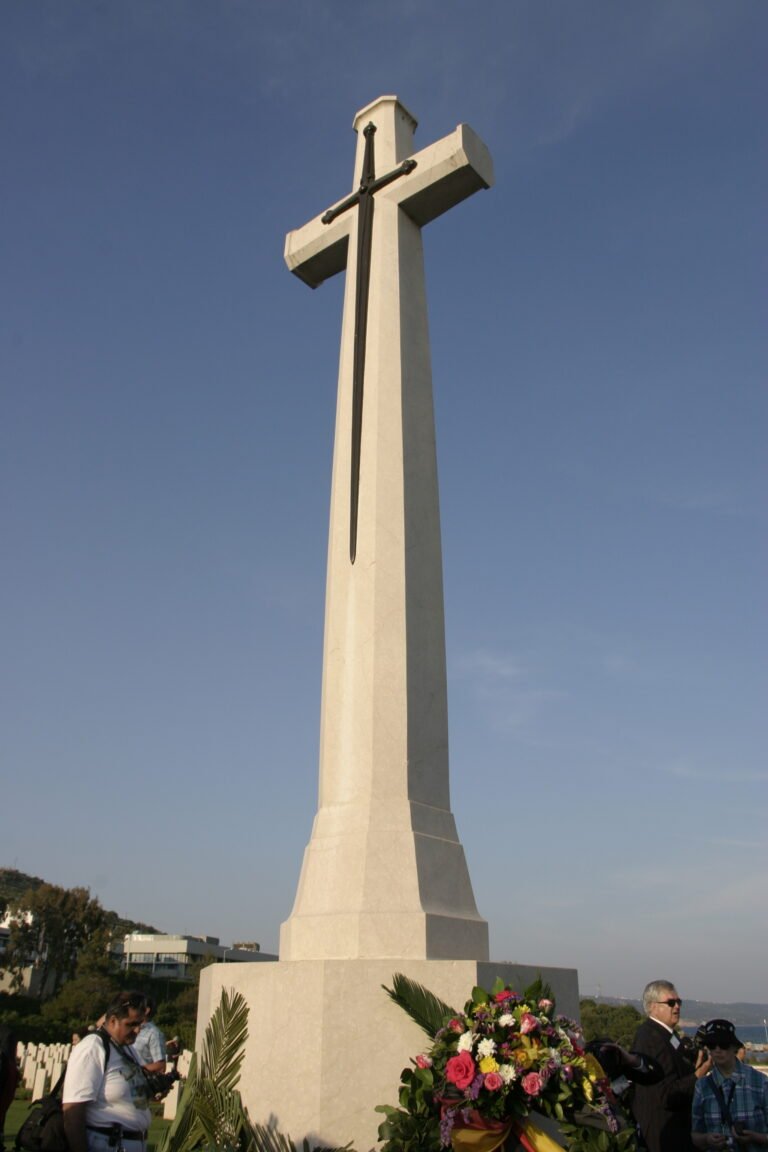Moments in Souda Bay War Cemetery
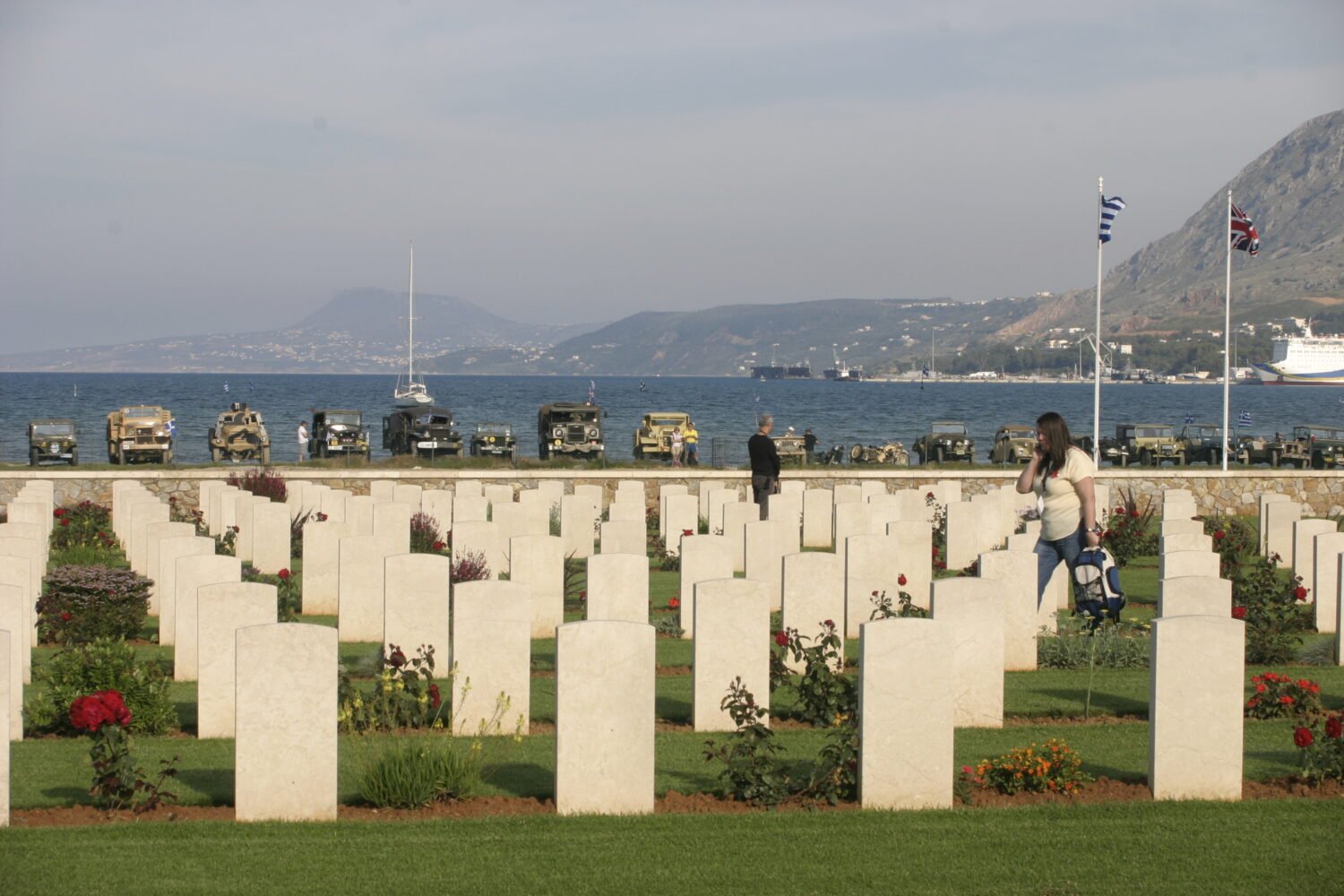
I spent most of the afternoon at the Souda Bay War Cemetery today. There are times when I am drawn to this place, not for any particular reason, but to sit and gaze across the rows upon rows of graves, all meticulously arranged, towards the sea of Souda.
Although I was born in 1946 after the war had ended, I deeply understand the events that unfolded here, thanks to the accounts I’ve read, the stories I’ve heard, and the newsreels I’ve seen.
Souda Bay War Cemetery
The Souda Bay War Cemetery is a testament to the bravery and sacrifice of British and allied troops, including New Zealanders, Australians, and others. These soldiers were rescued from the mainland of Greece and transported to Souda by the Royal Navy. The British Expeditionary Force on the mainland had been overwhelmed by the German forces, and those fortunate enough to board Naval ships were among the luckier.
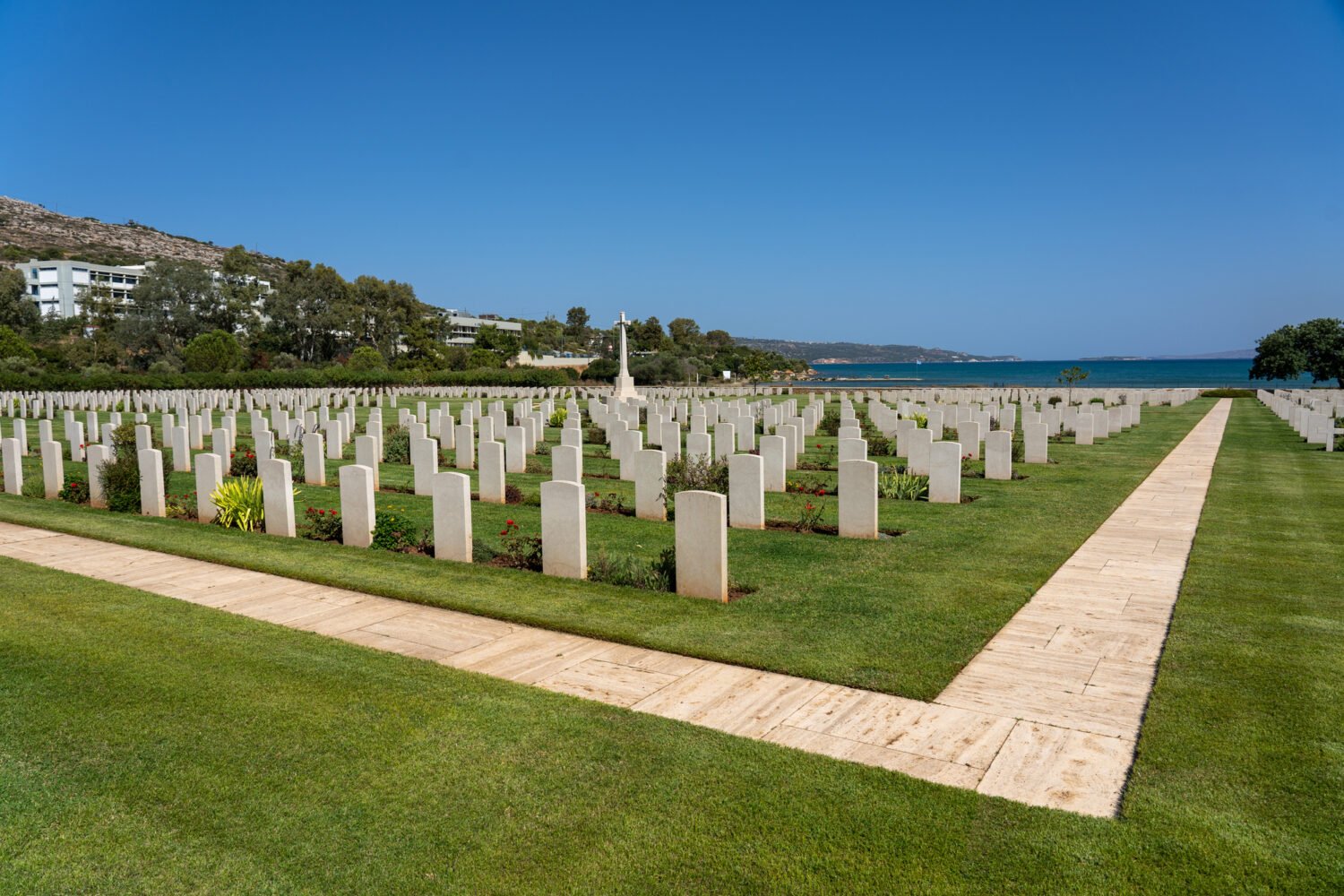
The battleships and destroyers, marked with large red crosses, acted as hospital ships carrying wounded men. However, these symbols of neutrality did not deter the Germans, who continued their aerial assault on the British ships. Some of these vessels had yet to make it to Souda Bay. At one point, up to thirty British naval ships were in Souda, under constant bombardment from the German Luftwaffe.
Up to twenty of these ships are estimated to remain in Souda Bay, their final resting place. The men who managed to escape the sinking ships climbed up the sides of the bay and sought refuge in the surrounding olive groves. The scene was absolute chaos, and the loss of life was immense. The death toll rose further in May 1941 when the German forces launched an aerial attack on the island of Crete.
After the war, all recoverable bodies, identifiable or not, were brought back to Souda Bay. They were laid to rest in this magnificent cemetery, a gift to the War Graves Commission from the Greek people. Each body is marked with a stone.
Some stones bear names, but many read ‘A British Airman’ or ‘A New Zealand Soldier.’ Among the stones, you can find the names of notable individuals like John Pendlebury, the curator of Knossos, who joined the defence of Crete and died bravely in 1941.

Today, I noticed a stone bearing the name of a New Zealand Maori soldier who lost his life fighting the Germans during the invasion of Crete. Besides the stone, a small wooden cross is embedded in the earth, and next to it is a photograph of the soldier before he left New Zealand. The picture is a poignant reminder that he travelled a great distance to fight in a war against people he may have never known.
The presence of the photograph suggests that someone, perhaps his parents or a sibling, also made the long journey to this place. They came to pray for him and leave this small memento of a life tragically short by war. Today, as I looked into the eyes of the soldier in the photograph, I was overcome with a sense of profound sadness for their terrible loss.
Extra Facts:
The Battle of Crete, which occurred from May 20 to June 1, 1941, was a significant military conflict during the Second World War. It was part of the larger Balkan Campaign and the Battle of the Mediterranean. The battle took place on the island of Crete, Greece.
The battle was fought between two factions. Faction 1 consisted of the United Kingdom, Australia, New Zealand, and Greece. Faction 2 was made up of Nazi Germany and the Kingdom of Italy.
The battle commanders were Bernard C. Freyberg for Faction 1 and Kurt Student for Faction 2. The forces involved in the battle were substantial, with Faction 1 deploying between 40,000 to 61,800 people and Faction 2 deploying 31,700 people.
Significant casualties marked the battle. Faction 1 suffered 4,123 military deaths and 17,479 prisoners of war, totalling 21,602 people. Faction 2 suffered 1,915 military deaths, 1,759 missing in action, and 2,000 wounded, totalling 5,674 people.
The Battle of Crete saw the destruction of many aircraft and ships. Faction 2 lost 284 aircraft, while Faction 1 had nine ships damaged and 11 destroyed.
Despite the heavy losses, the battle resulted in an Axis victory. This battle was a significant event in World War II and marked the first mainly airborne invasion in history.
Notable battles during the Battle of Crete include the Battle of 42nd Street, the Battle of Rethymnon, and the Battle of Heraklion.
Table of Contents
Views: 33


